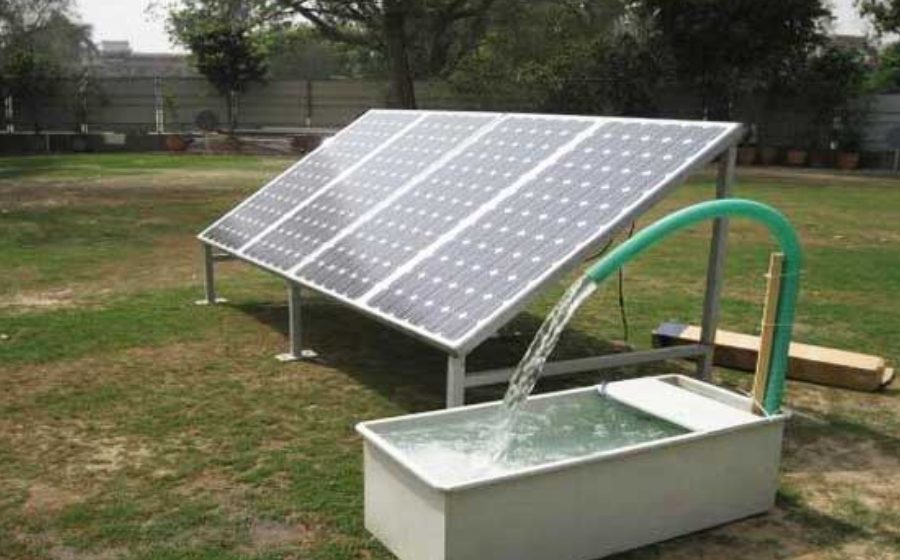Now Reading: Local Engineers Build India’s Cheapest Solar-Powered Smart Pump
-
01
Local Engineers Build India’s Cheapest Solar-Powered Smart Pump
Local Engineers Build India’s Cheapest Solar-Powered Smart Pump

A team of young engineers from a Tier 2 city in Maharashtra has developed what could be India’s most affordable solar-powered smart water pump, aimed at helping small-scale farmers reduce irrigation costs and dependence on erratic electricity supply. The innovation, currently under field trials, combines solar technology with smart controls, offering a potential breakthrough for rural agriculture.
Is this the low-cost solution that Indian farmers have been waiting for?
Designed for Rural Needs
The pump has been built keeping in mind the specific challenges faced by farmers in remote areas — especially those who rely on diesel pumps or face frequent power cuts. The smart pump runs entirely on solar energy and is equipped with a basic control panel that allows users to schedule water flow, check tank levels, and even monitor performance through a mobile app.
It uses locally available components to keep costs low, making it significantly more affordable than other solar pump systems available in the market.
Where Innovation Meets Affordability
Unlike high-end systems that are priced out of reach for many farmers, this solar-powered smart pump has been priced under ₹20,000 — a fraction of what similar commercial solutions cost. According to the engineers, affordability was the starting point, not an afterthought.
The device has minimal maintenance requirements and can be installed without technical expertise, which is especially helpful in areas where skilled support is hard to find.
Pilot Testing in Tier 2 and Rural Regions
Initial trials are being carried out in parts of Maharashtra and Madhya Pradesh, including smaller towns like Jalgaon and Betul. Early feedback has been promising. Farmers have reported reduced fuel expenses and improved control over irrigation schedules, particularly during dry spells.
Agricultural officers in some districts have shown interest in supporting wider adoption through local subsidies or inclusion in state-level schemes.
Challenges and the Road Ahead
Despite its promise, the project faces hurdles. Scaling up manufacturing while keeping the quality intact is a key concern. Awareness is another challenge — many farmers remain skeptical about new technologies or lack access to information about them.
There is also a need for financing options or subsidies to make the pump accessible to the most marginalised communities, especially in drought-prone zones.
A Small Innovation with Big Potential
The development of India’s cheapest solar-powered smart pump is a reminder that innovation doesn’t always have to come from large labs or multinational companies. Sometimes, practical solutions emerge from local talent working with a deep understanding of ground realities.
If scaled wisely, this innovation could help thousands of farmers in Tier 2 and rural India cut costs, save water, and become more resilient to climate and power uncertainties — making agriculture a little more sustainable, and a lot more hopeful.
























